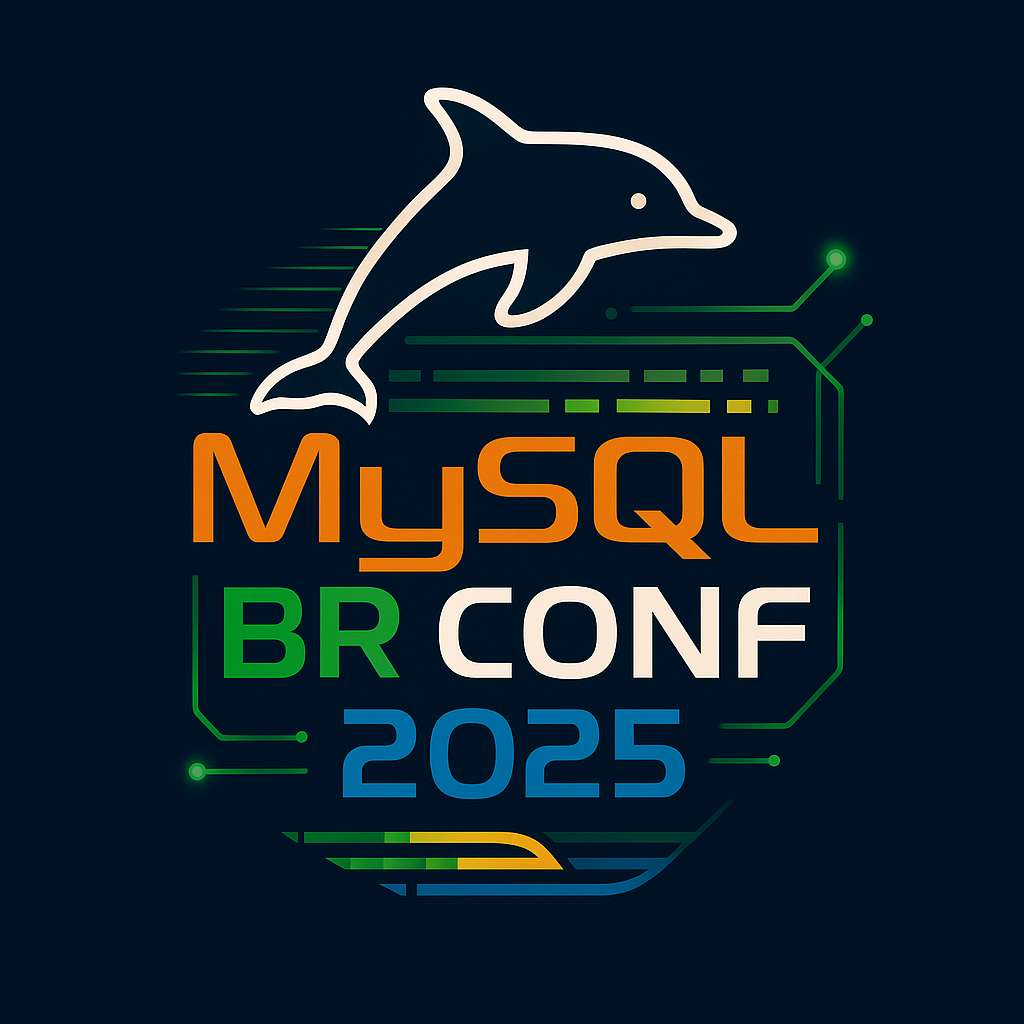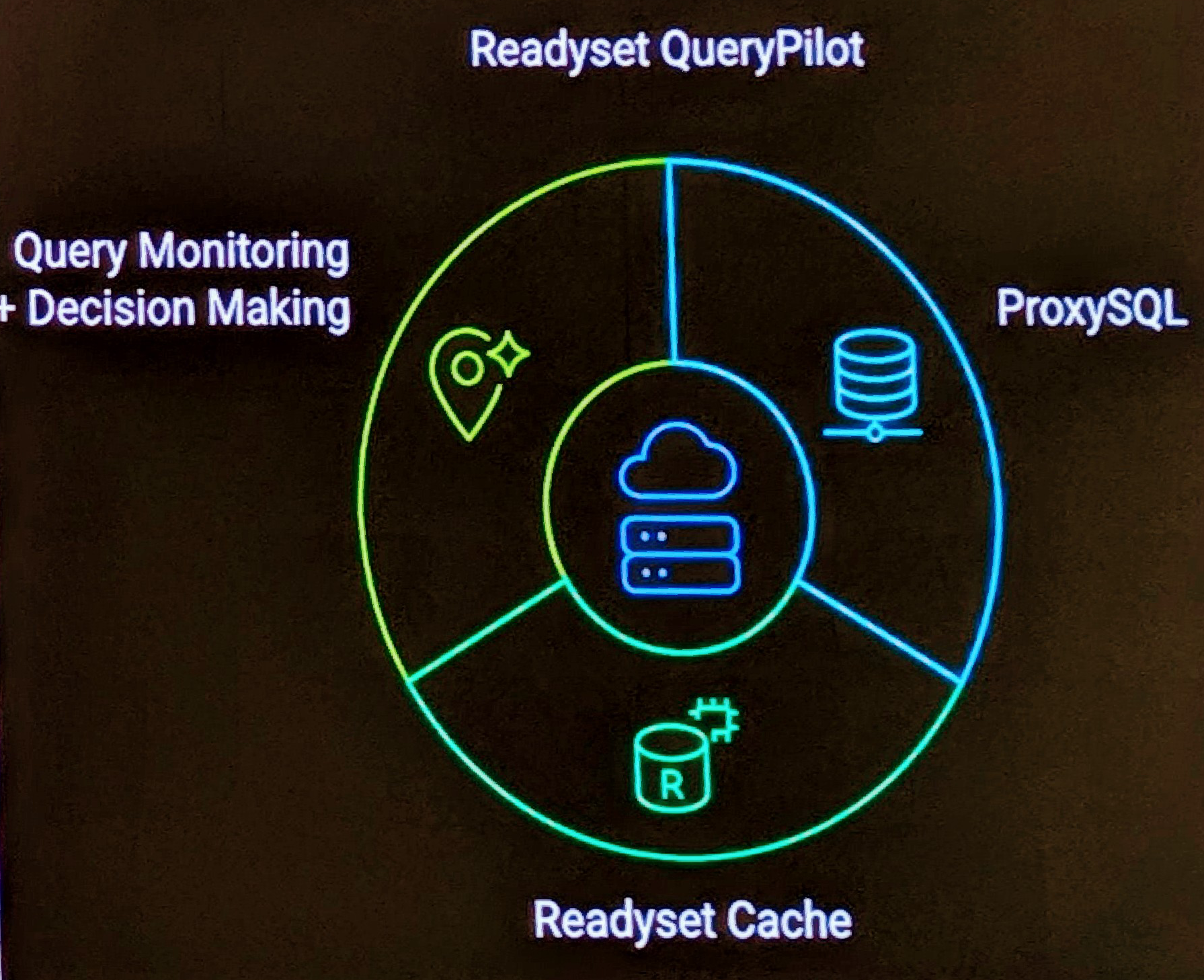If you run multiple MySQL environments on multiple servers it’s a good habit to set your MySQL prompt to double check which server you are on.
however, using the MYSQL_PS1 environment variable I found this does not work under sudo (the normal way people run sudo).
I.e., the following syntax’s work.
$ mysql $ sudo su - -c mysql $ sudo su - ; mysql
but the following does not.
$ sudo mysql
The trick is actually to ensure via /etc/sudoers you inherit the MySQL_PS1 environment variable.
echo "export MYSQL_PS1="`hostname` [d]> "" | sudo tee /etc/profile.d/mysql.sh echo 'Defaults env_keep += "MYSQL_PS1"' | sudo tee /tmp/mysql sudo chmod 400 /tmp/mysql sudo mv /tmp/mysql /etc/sudoers.d


